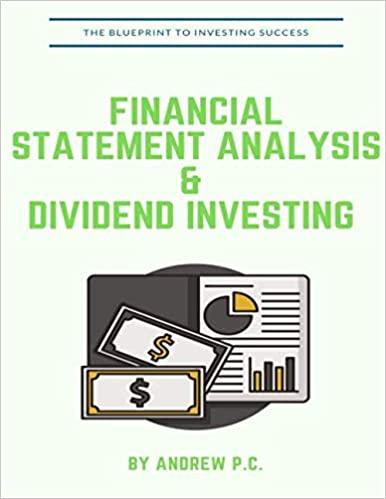Question
Question 1: Assume that Bond A and Bond B are identical in every way except for the coupon rate (i.e., both bonds have the same
Question 1:
Assume that Bond A and Bond B are identical in every way except for the coupon rate (i.e., both bonds have the same par value, maturity, and yield to maturity or required rate of return). Bond A has a 12% coupon rate and Bond B is a zero coupon bond. Both bonds have a yield to maturity of 8% per year. If interest rates increase so that the yield on both issues increases to 10%, what would happen to the price of the bonds?
|
|
The price of the zero coupon bond would increase, but the price of the 12% coupon bond would decrease.
|
|
|
The price of the zero coupon bond would decrease, but the price of the 12% coupon bond would increase.
|
|
|
Both issues would increase in price.
|
|
|
Both issues would decrease in price.
|
|
|
None of the above are necessarily true.
|
Question 2:
Which of the following capital budgeting evaluation techniques will always produce the correct project choice, for both independent and mutually exclusive projects?
|
|
NPV
|
|
|
IRR
|
|
|
Payback Period
|
|
|
Profitability Index
|
|
|
None of the above will always indicate the best project choice.
|
Question 3
You are offered an investment with returns of $ 2,083 in year 1, $ 4,392 in year 2, and $ 5,556 in year 3. The investment will cost you $ 6,636 today. If the appropriate Cost of Capital is 7.0 %, what is the Net present Value of the investment?
Step by Step Solution
There are 3 Steps involved in it
Step: 1

Get Instant Access to Expert-Tailored Solutions
See step-by-step solutions with expert insights and AI powered tools for academic success
Step: 2

Step: 3

Ace Your Homework with AI
Get the answers you need in no time with our AI-driven, step-by-step assistance
Get Started


